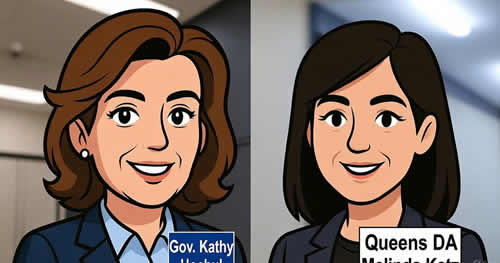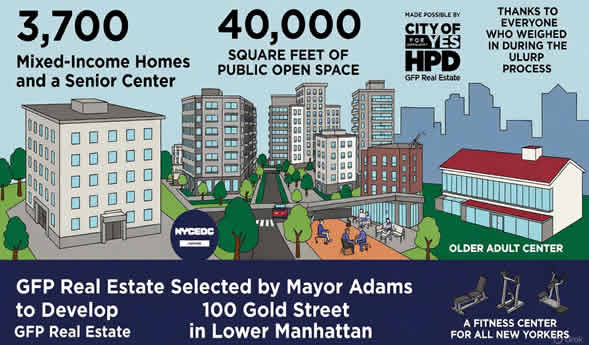Censorship of information about COVID‐19
In response to calls to combat misinformation about COVID‐19, a group of companies, including among others Facebook, Twitter and YouTube, issued a joint statement in mid‐March this year (2020 ) . They stated that they are “jointly combating fraud and misinformation about the virus, elevating authoritative content on [their] platforms” (https://about.fb.com/news/2020/10/coronavirus/#joint-statement).
Their actions include the introduction of “educational pop‐ups connecting people to information from the WHO” (Facebook), adding warning labels to content considered as false or misleading (Facebook, Twitter), removing content contradicting health authorities or the WHO (YouTube) and content that could directly contribute or lead to (physical) harm (Facebook and Twitter) (https://about.fb.com/news/2020/03/combating-covid-19-misinformation/, https://covid19.twitter.com, https://support.google.com/youtube/answer/9891785).
One example is a video removed by YouTube, in which a researcher, John Ioannidis, discussed data related to COVID‐19, questioned the need to continue the ongoing lockdown and raised concerns about the negative impact of the restrictions (https://medium.com/@michaelaalcorn/how-wrong-was-ioannidis-5940e49c9af6).
Other cases of censorship on major social media platforms have been reported, for example removal of information about anti‐quarantine protests on Facebook (https://www.reuters.com/article/us-health-coronavirus-usa-facebook/facebook-removes-anti-quarantine-protest-events-in-some-us-states-idUSKBN2222QK).
A major question regarding the policies of the communication platforms is who exactly defines and how which information is deemed to be false or harmful? And can we rely on these judgements? One of the authoritative sources that all three major social media platforms mention in their policies on COVID‐19 is the WHO. It is an established and influential organization, yet it may make mistakes, including in the context of handling epidemics. For example, concerns have been raised about influences of pharmaceutical companies on the guidelines related to the flu pandemic in 2009
A major question regarding the policies of the communication platforms is who exactly defines and how which information is deemed to be false or harmful?
YouTube and Twitter also refer to guidelines from local health authorities. Although these are usually developed by experts and may be legally binding, this does not imply that they are unerring. There has been disagreement among researchers in medical sciences about the necessity for lockdown measures (Melnick & Ioannidis, 2020). Furthermore, researchers and many healthcare professionals have indicated numerous and serious negative impacts of the policies introduced to combat the spread of COVID‐19, and expressed doubts about the evidence supporting these measures (Ioannidis, 2020) (https://www.scribd.com/document/462319362/A-Doctor-a-Day-Letter-Signed).
More at ncbi.nlm.nih.gov
Video The Epoch time










